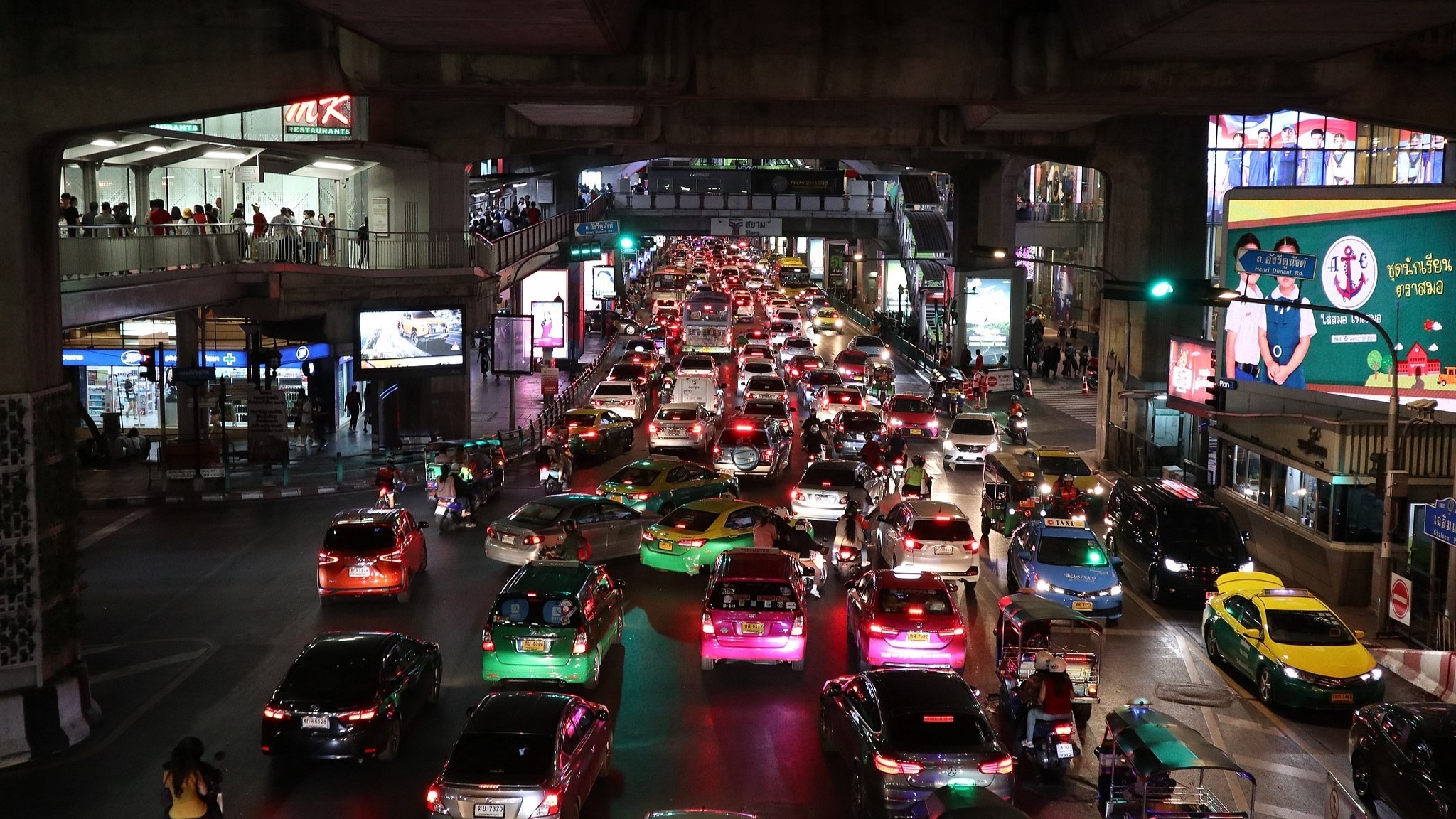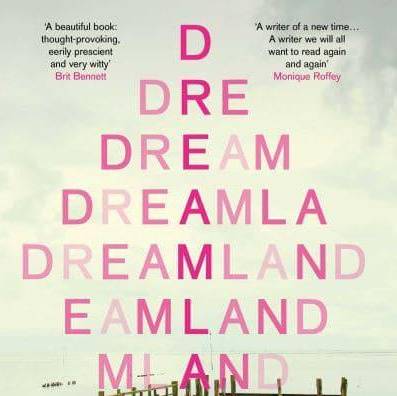
Carmageddon: How Cars Make Life Worse and What To Do About It (Abrams Press) by Daniel Knowles
At the Conservative party conference last year, our prime minister chose to talk about “a war on motorists”, claiming to be on the side of the driver. If there is such a war, it is one that the motorists seem to be winning. The number of cars on the roads in the UK grows every year, as it does globally. Carmageddon is an authoritative, exhaustive account of how these machines came to dominate almost every aspect of our lives and the damage they have done on the way. It also attempts to take some steam out of an increasingly polarised debate. Driving (or not driving) is increasingly becoming a political identity, but the key culprits in Daniel Knowles’s account are the planners and politicians, whose decisions have shaped the options available to the rest of us. This is also where he sees hope for the future: better planning, more liveable cities, more enlightened policymakers.
Perhaps the most striking lesson in the book is that it didn’t have to be like this. In 1903, when the speed limit was raised to 20mph, opposition to the prioritisation of the motor vehicle over pedestrians was framed as a simple matter of justice – these “slaughtering stinking engines of iniquity”, one MP complained, “were monopolising the whole of the public roads”. The car was a threat to “the common rights of citizens”, like the right to take your family for a walk on country roads in “comfort and safety”. In the US, there were huge public demonstrations. In 1922, 1,054 children marched through the streets of New York, one for every child killed in the previous year.
Our current consensus, Knowles argues, is partly the result of lobbying from car manufacturers and the wealthy motorists who first took to driving, which remained a minority pursuit well into the 20th century. Pedestrians, cyclists and even trams were cleared off the road, supposedly for our safety and convenience, while accidents were blamed on “bad” drivers, rather than recognised as the inevitable result of planning that put humans second. After the Second World War, cities like Birmingham and Coventry were choked with ring roads. Suburbs sprawled.
In the US, in particular, the process of suburbanisation was bound up with racism: historic black neighbourhoods were cleared out to make space for freeways, their residents dumped on estates in the middle of nowhere.
A lot of this story is deeply depressing. We continue to build new roads and widen existing ones, though we have known for decades that the space is quickly filled by more vehicles. The international picture Knowles paints is, if anything, bleaker still, with more and more people around the world living in traffic-clogged cities like Mumbai and Nairobi. Car manufacturers have reinvented themselves as leaders in the fight against climate change, while at the same time flooding the roads with SUVs.
Knowles doesn’t dismiss the difference that replacing an individual petrol car with an electric vehicle makes to emissions, but suggests that powering them sustainably would require “investment in a green electric grid on a scale which dwarfs what we are doing now”. It would also require huge quantities of cobalt, the majority of which is mined in the Democratic Republic of Congo, where the rush for minerals has mired the country in corruption and led to significant human rights abuses.
For those of us that grew up in places where driving was more or less inevitable, cars come with all kinds of associations that go to the heart of who we are – from family and work to friends, holidays and even music. They are, in short, perfectly designed for the culture wars. Knowles is clear that he doesn’t think individual drivers are the problem. The issue is that our cities and towns have been designed for cars instead of people. Though it is also, he says, an issue of justice: we do not have the resources for everyone to own a vehicle; and every car, by reshaping public space, imposes costs on the people who don’t use them.
The solutions offered here are mostly technical: shifting incentives in favour of other forms of transport, whether through taxes which recognise the costs that cars impose on other people or planning which puts people, bicycles and public transport first. Knowles is cautiously optimistic that more people are beginning to recognise the benefits of living in places like Amsterdam and Copenhagen, where cars are a luxury.
But the biggest challenge, as he concedes in the conclusion (but surely understates) is cultural. For many people, living in the suburbs and towns which cars created, the idea of a future with less driving isn’t simply undesirable – it is hard to comprehend. Since the pandemic, the very idea of the “15-minute” (i.e. walkable) city has become the inspiration for bizarre conspiracy theories. The more we remake the world in the car’s image, the harder it is to imagine a world without them.
This article is from New Humanist's spring 2024 issue. Subscribe now.

